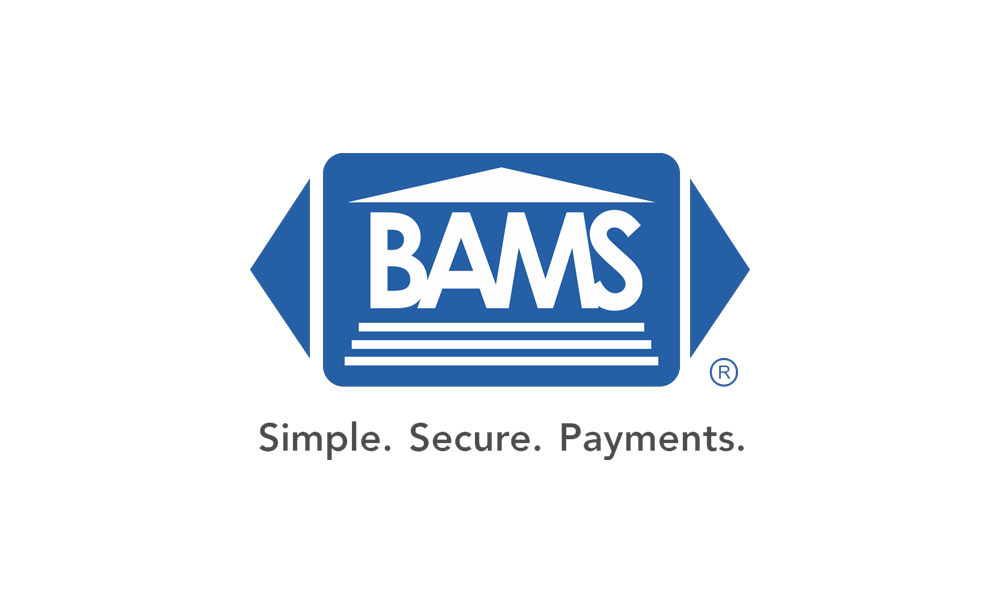Simple (And FREE) Ways to Generate More Website Traffic
Web Traffic is like the fuel that keeps the engine of eCommerce running. Keep the tank topped up, and your store will roar along happily – let things get dry, and you might find yourself coasting to a stop. But unlike gasoline, it’s entirely possible to obtain web traffic completely free – and with a large chunk of the population currently hunkered down in their homes, now is a great time to do it. But boosting your free, organic traffic won’t happen on its own. There are certain steps you’ll need to take to ensure that your site is optimized to take advantage of a wide variety of traffic sources. The following are four of the most important ways you can do that, and luckily, all are very straight forward and cost little to nothing.
1) Knock Your Social Media Profiles Out of the Park
Social media is incredibly important to organic traffic generation for a couple of reasons. First and foremost, it’s where your customers are. Over 90% of millennials and over 77% of Gen X-ers are active daily social media users. If you’re not already using platforms like Facebook and Instagram to drive customers to your primary eCommerce site, you’re losing out on a huge amount of traffic.
Second, social media is important to Google, and what’s important to Google should be important to you. The impact of social media on search engine optimization has been debated for years, but Hootsuite’s Project Elephant experiment found a strong correlation between social activity and search rankings. A strong social presence will help your company be more visible in organic search results, so don’t ignore it. But quality is what matters most, so manage your posts carefully and nurture your social audiences with the intention of a long-term relationship, and you’ll be well on your way.
2) Make Mobile Browsing a Top Priority
It can’t be overstated how important smartphones and tablets have become in web marketing. In Q4 2019, mobile browsing made up over 52% of all web traffic. So, if your site isn’t specifically optimized or frictionless mobile browsing, you’re actually ignoring the majority of users. Failure to optimize for mobile can have a couple of major consequences. The first is that users landing on your site on their phones will simply balk at the way it displays and leave. On top of that, search engines like Google are able to detect a lack of optimization and won’t display your site as high in mobile search results. That means traffic that would’ve come to your site will instead go to your competitors who Google has deemed to have more mobile-friendly sites.
Luckily, in 2020, getting your site optimized for mobile is straightforward. If your site is currently built in traditional static HTML, the best thing you can do is move to a modern CMS like WordPress or a site builder like Squarespace. The stock themes offered by these platforms almost always come with full mobile optimization today. If you’re already on one of those platforms and you’re using an older theme, you can either look to upgrade to a more current, mobile-friendly theme, or you can use a mobile optimization plugin, like WPTouch.
3) Take Ownership Over Your Company’s Google “My Business” Listing
If you’re a brick and mortar business with or without an eCommerce operation, a key to driving traffic – both electronically and physically – is to ensure that your My Business listing in Google is optimized as well as possible. Doing so will ensure that when people do generic searches for businesses in specific locations, especially on Google Maps, you’ll rank as highly as possible. For instance, if you owned a barbershop in Brooklyn and someone searched “barbershop near me” or “barbershop in Brooklyn,” your business might still show up even without a My Business listing, but it won’t show as high as your optimized competition, and users clicking on your listing won’t be presented with as much information.
Optimizing your My Business listing is easy. First, you need to claim your listing by going to https://www.google.com/business/. From there, you can edit essentially all aspects of your listing. Make sure your company name, address, and phone number are all correct. Make sure your listing is in an appropriate category. Publish some nice photos of your storefront and interior. Write a great description. Engage with any reviews you have and work hard to generate more positive ones. All of these things will have an impact on how highly you list in results, and how likely it is searchers will click through to your site and visit your store instead of a competitor’s.
4) Become an Expert Guest Poster on Relevant Websites
Social proof is a big part of online marketing, and one of the ways you can employ it is to associate yourself with other relevant, trusted sites in your niche or industry. A great way to do that is to act as an expert guest poster. Guest posters offer up content to websites in exchange for a byline and a promotional link back to their own websites. The traffic generated from a well-received guest post on a popular site can be staggering – so much so that some sites actually require guest posters to pay to be published. This article is all about free traffic, so we certainly don’t recommend you pay anyone to guest post, but keep an eye out for opportunities to offer content (for free) in exchange for exposure on relevant and popular sites.
Once you’ve optimized your site and new traffic begins to flow in, it’s time to convert that traffic into sales. But a boost in sales also means a boost in transaction fees – unless, that is, you move to a merchant processor that offers interchange-plus pricing – the most transparent, lowest cost option available on the market. All BAMS merchants enjoy interchange-plus pricing, enabling us to offer a low-price guarantee in addition to an outstanding array of merchant services. For more information on how a BAMS merchant account could save your company significant money on your monthly merchant statements, visit BAMS.com to get started with our unique five-point price comparison today!




